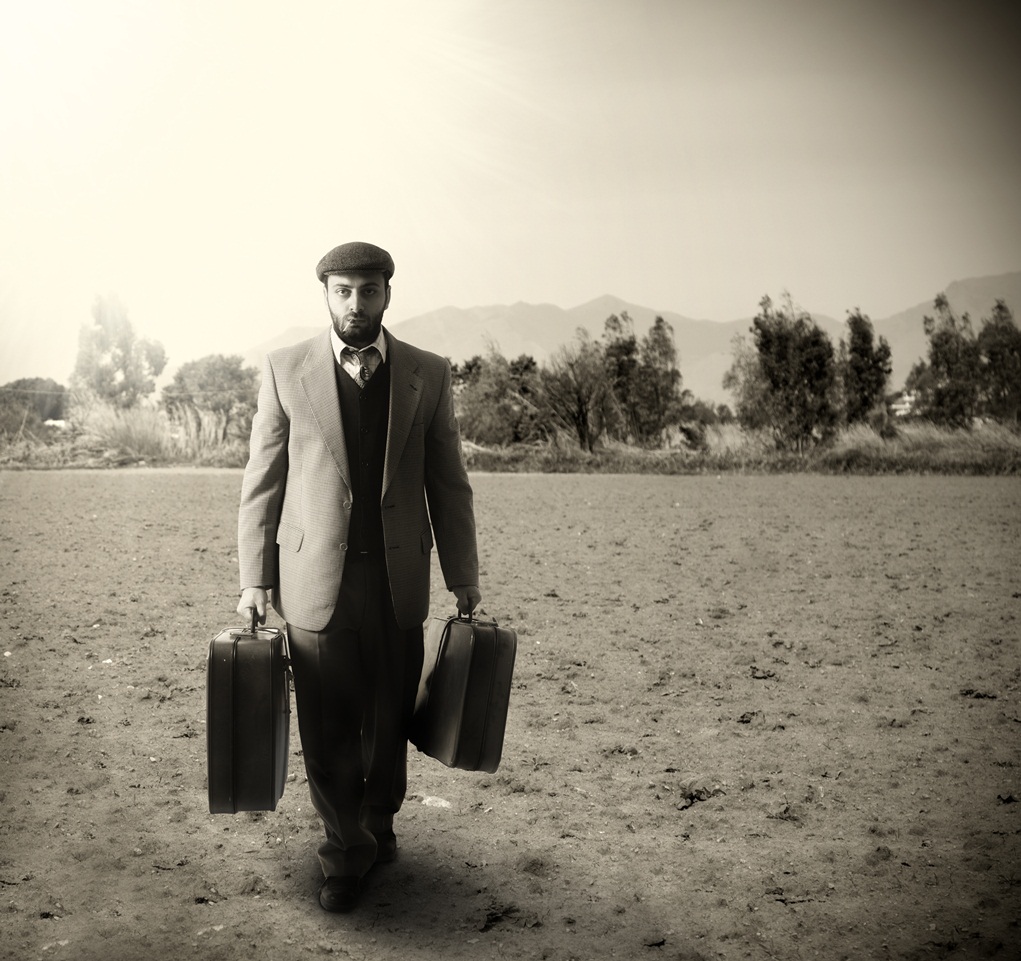Written by Anita Orav
The European Union currently faces a surge in migration resulting from mixed flows of asylum-seekers and other migrants. In 2014, over 200 000 people illegally crossed the Mediterranean to reach the EU and the situation has become even more critical this year, especially considering the sharp rise in deaths at sea: 1 829 victims so far in 2015, as compared to 3 200 people in 2014. The European Parliament called for a holistic approach to migration in its resolution of 17 December 2014. In light of these developments, the European Commission presented a new European Agenda on Migration on 13 May 2015, setting out measures for immediate action and for the coming years. Migration and asylum being cross-border phenomena, close cooperation should also be sought with key international organisations in the field: the United Nations High Commissioner for Refugees (UNHCR) and the International Organization for Migration (IOM).

The EU Member States are all signatories of the 1951 Convention relating to the Status of Refugees (Geneva Convention) and its 1967 Protocol, which provide the global legal framework which currently applies to 148 states parties who are bound to cooperate with the UNHCR. This means they must respect their obligations under international refugee law, especially with regard to the principle of non-refoulement. This core principle prohibits returning refugees to a country where their life or freedom is at risk. However, as countries face increasingly unmanageable migratory pressure, they often try to interpret their international obligations more restrictively. Our keysource on Non-refoulement, push-backs and the EU response to irregular migration provides a documentary overview of the legal framework for irregular migration and its application in practice.
The UNHCR, as the ‘guardian’ of the Geneva Convention, closely follows the EU’s refugee policy in the framework of the Common European Asylum System (CEAS) and drafts recommendations, for instance to the EU Presidency, currently Latvia. It has voiced concerns regarding forcible returns and the barriers that some EU Member States have built to prevent the entry of asylum-seekers and refugees, while other Member States have not put in place procedures corresponding to international standards of reception. In response to the high numbers of deaths at sea, it has launched 12-step plan for concerted action, in its Central Mediterranean Sea Initiative (CMSI), and has called for international responsibility-sharing in its joint statement following the special meeting of the European Council on 23 April. Our ‘At a Glance’ note on the EU and the UN refugee agency (UNHCR) provides an overview of the organisation and its cooperation with the EU.
The other major intergovernmental organisation for migration management is IOM which currently engages 157 member states and 10 observer states as well as international organisations, including the EU and the UN, as observers. Its activities range from practical resettlement arrangements, operative migration control and assisted voluntary returns (AVR) to advocacy and drafting publications. As regards cooperation with the EU, IOM is one of the main implementing partners of the EU’s Global Approach to Migration and Mobility (GAMM). Moreover, a strategic partnership agreement was signed in 2012 between the IOM, the European Commission and the European External Action Service (EEAS), encompassing a dialogue on humanitarian aid and emergency operations. For further information, please refer to our ‘At a Glance’ note on International Organisation for Migration (IOM).








[…] respond to the calls for a holistic approach to the current influx of mixed migration consisting of refugees and economic migrants, the European […]